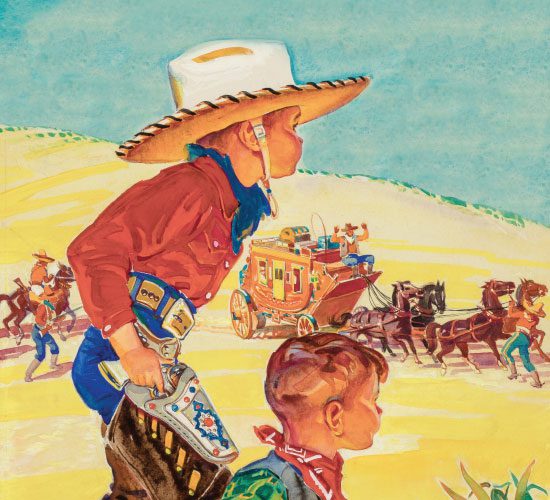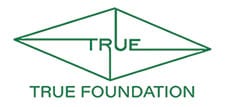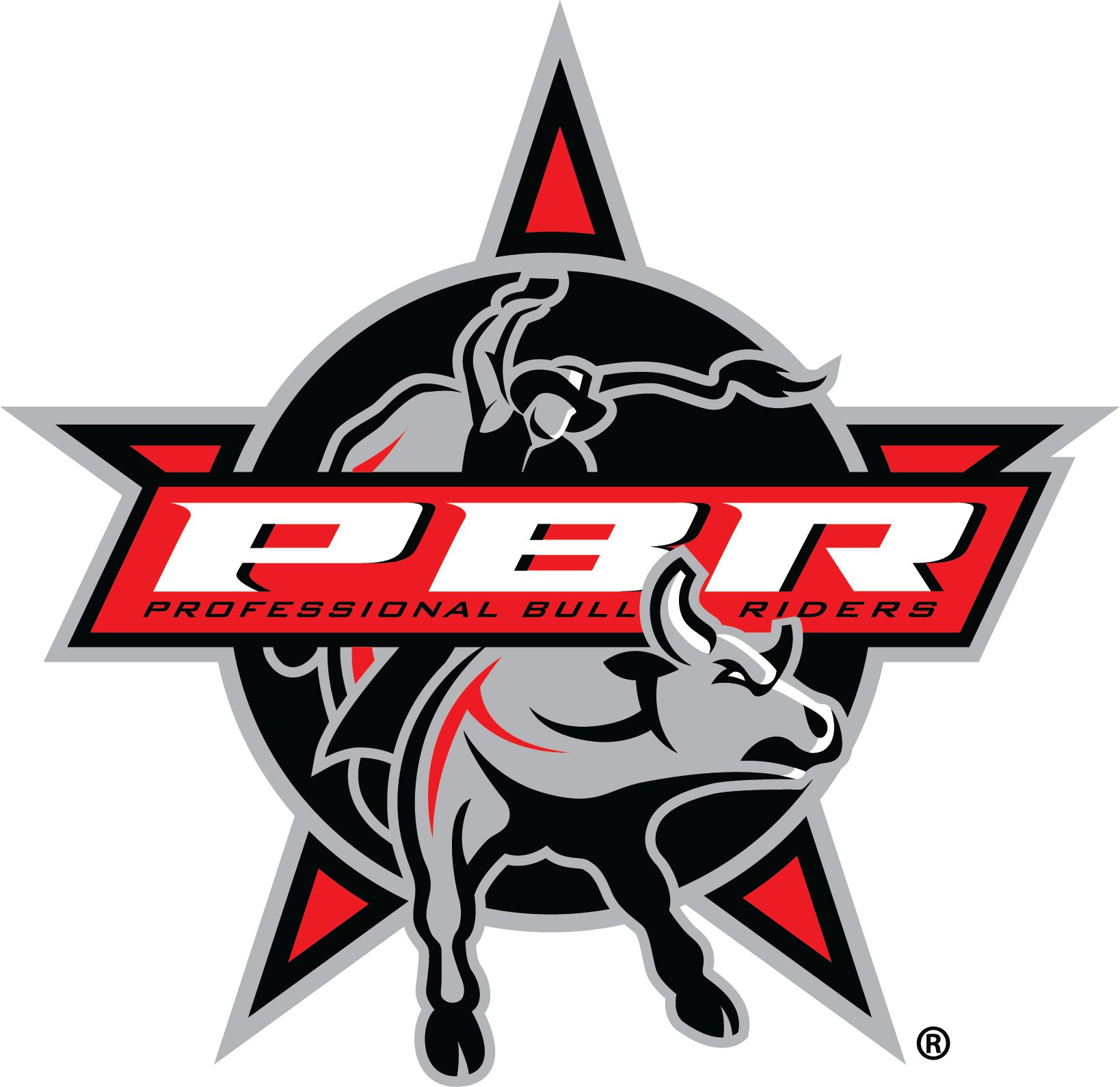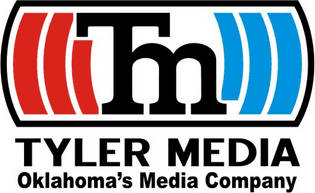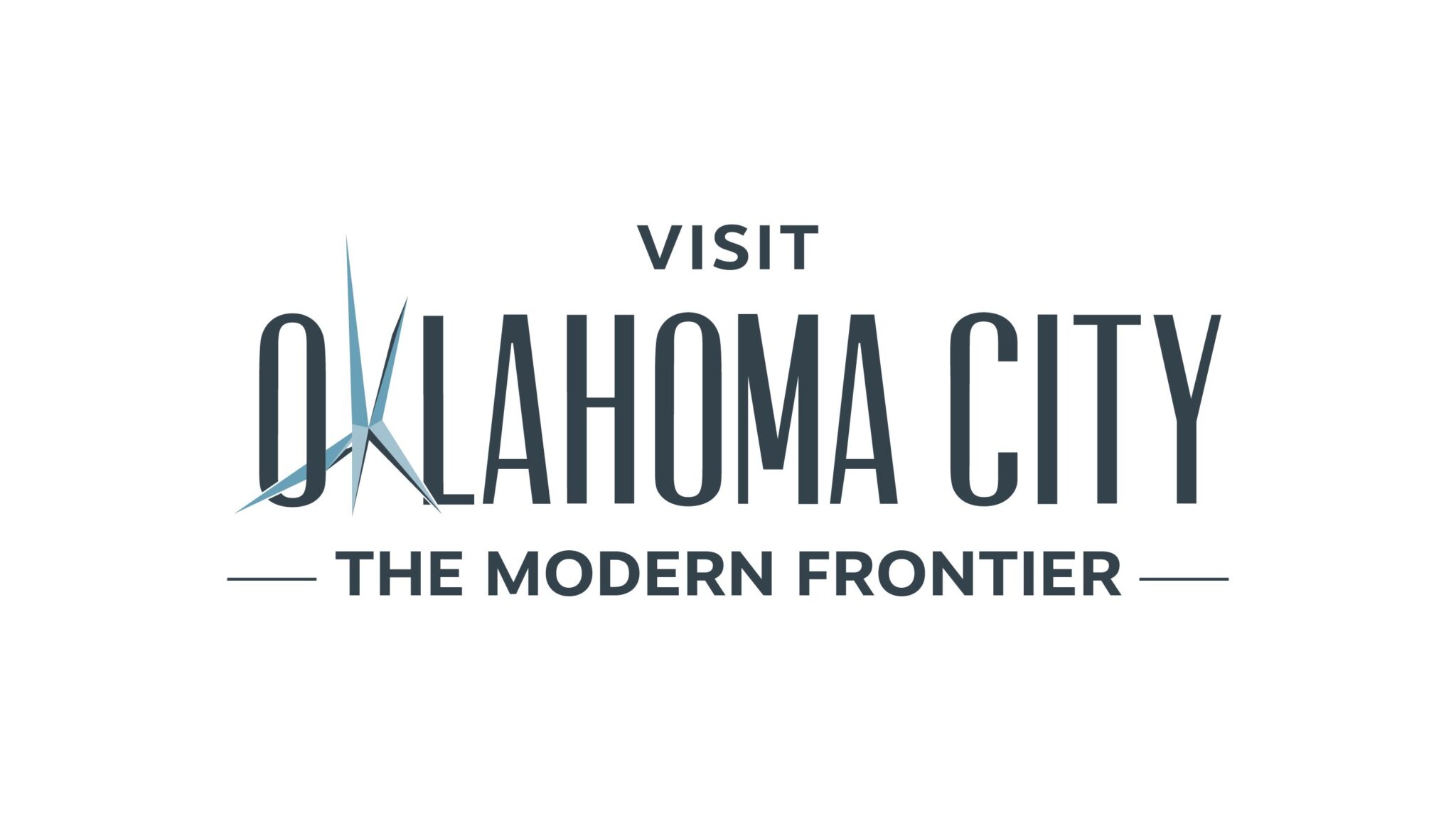Numerous artists illustrated Western books. Some created images for comics and cartoons.
Publishers targeted adults with Western “dime novels” in the 1870s and 1880s.
Owen Wister’s 1902 tale The Virginian created the template for most Western fiction that followed in print and on film. Western books and cowboy stories for children and teens—the latter often with female central characters–became a large part of the publishing industry through the 1910s and 1920s. “B Westerns” and radio drove the publishing of books on Roy Rogers, Tom Mix, Gene Autry, and The Lone Ranger, including Whitman’s Little Big Books in the early 1930s. TV Westerns in the 1950s and 1960s provided additional cowboy stories for children’s book publishers such as Western/Whitman in its Little Golden Books series. Rand McNally got in the game with their Junior Elf Books, including Westerns, in the early 1950s.
Comic books began as illustrated “dime novels” in the 1870s and 1880s with exaggerated stories of Western legends such as Kit Carson, Buffalo Bill, and Billy the Kid. Newspapers ran comic strips like Red Ryder, Young Buffalo Bill and Little Joe in the late 1920s. Over time, designers placed multiple illustrations on each page in individual panels and the comic book was born.
National Allied’s New Fun Comics #1 (1935) featured two original Western comics and in the late 1930s Dell Comics published versions of “B Westerns.” After World War II, several titles were converted from superheroes to Western comics which saw their “Golden Age” from 1948-1960. Along with unique characters, Western actors like Gene Autry, Tom Mix and Roy Rogers had their own comics. Roy Rogers sold some two million comic books per week. Popular taste shifted again in the 1960s and only Dell’s The Lone Ranger (1948-1962) and Marvel’s Kid Colt Outlaw (1948-1979), Gunsmoke Western (1955-1963) and Rawhide Kid (1955-1979, 2000-2003, 2010) continued in print.
